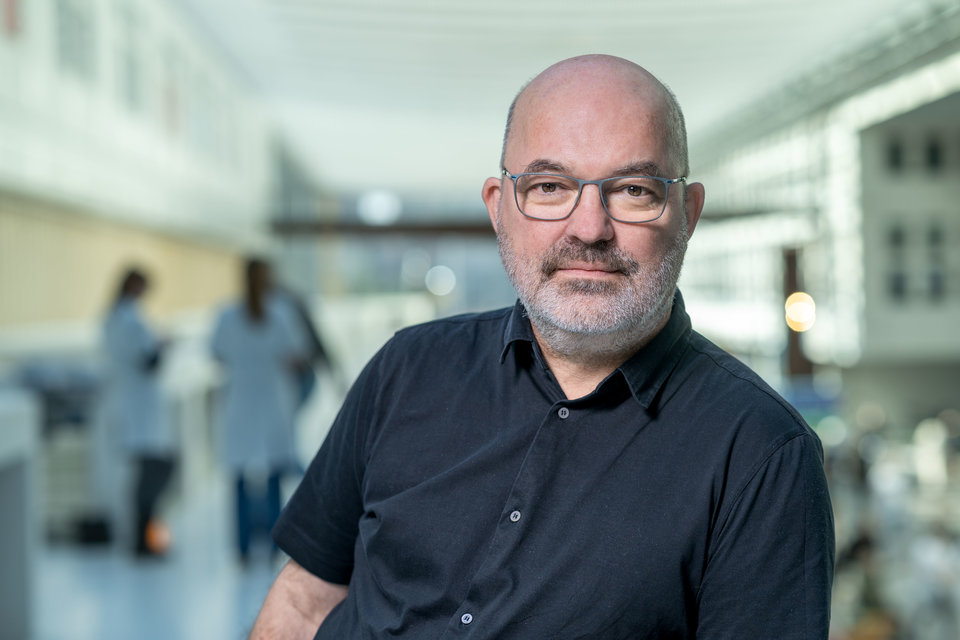New CardioVascular Biomechanics Lab presents golden opportunity for engineers, physicians and patients alike
Delft scientists and students researching the biomechanics of the heart and blood vessels have joined forces with cardiologists, neurologists and radiologists of Rotterdam’s Erasmus MC in the CardioVascular Biomechanics Lab (CVBL). The researchers devote every day to studying the biomechanics of cardiovascular disease and have already proved invaluable to each other, unlocking synergies that can accelerate the development and implementation of technological innovations. The first results have already emerged.
Thanks to our close collaboration, our interactions with clinical practice are second to none. It takes a lot of data to create and validate models, all of which we get from Erasmus MC. We get to collect blood from patients ourselves and blood clots found during surgeries are immediately sent to our lab. What’s more, TU Delft has access to new imaging modalities that have not yet made their way to Erasmus MC.
Frank Gijsen, Researcher and lab coordinator at TU Delft
In addition to his position at TU Delft, Gijsen has a part-time appointment at Erasmus MC where he focuses mainly on the mechanics of stenoses in the blood vessels of the coronary artery, which supply the heart with oxygen and nutrients. When these vessels are narrowed, they can lead to chest pain or even a heart attack. Gijsen: "We have developed a tool that tells physicians whether a stenosis needs to be treated and what type of stent to use."
Other researchers in the lab are working on simulating the heart, blood flow, blood clots and plaque tissue by examining the tissue closely and investigating its behaviour at different levels. Using mathematical formulas, they then model the tissue, starting at the microscopic level before moving up to the tissue level and finally modelling an entire organ.
Many TU Delft students are fascinated by cardiology. After all, virtually all of them have an acquaintance or family member with heart disease. We set up this lab to allow our students to explore the field, which was facilitated by the Convergence collaboration between TU Delft and Erasmus MC.
Digital twins of the heart
One of the lab’s other projects involves researching digital twins of the heart, computer models of the heart that can be used to create personalised treatments and test new therapies or devices faster, cheaper and easier. Mathias Peirlinck, a researcher at TU Delft, is part of the team working on these digital twins at the CardioVascular Biomechanics Lab . Peirlinck is particularly enthusiastic about the synergies unlocked by the collaboration between Erasmus MC and TU Delft: "We need data to make models and Erasmus MC can use our models to analyse their data in greater detail."
Model blood clots
Several models produced as part of the collaboration are already in clinical use, serving to help research the mechanical properties of blood clots. Gijsen: “No two blood clots are the same: some are incredibly soft, while others can be as hard as a bouncy ball. Nevertheless, there is only one device for removing blood clots from the body, which doesn’t work equally well for all clot types. We decided to model blood clots to help physicians pick the right treatment for different types of blood clots, making life easier for physicians and patients alike. It’s very satisfying to see how much impact we can have.”
For queries and information:
Fien Bosman, TU Delft press officer for Health & Care: f.j.bosman@tudelft.nl/ 0624953733
Frank Gijsen, CVBL lab coordinator, f.j.h.gijsen@tudelft.nl/ f.gijsen@erasmusmc.nl

